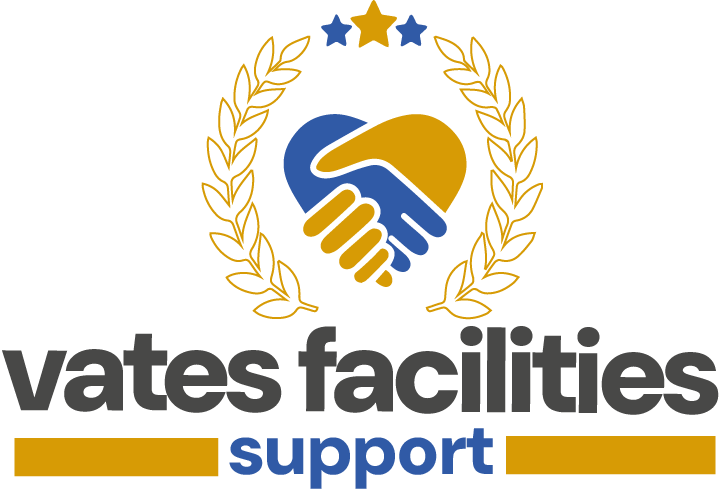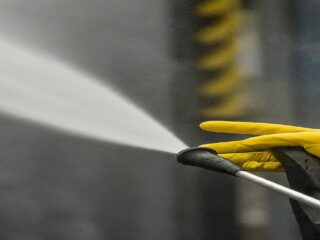Chemical Management Practices
Industrial cleaning processes often rely on various chemicals to remove dirt, grime, and contaminants. While these chemicals are effective, their improper use can pose significant safety and environmental risks. Fortunately, by implementing effective chemical management practices, companies can prioritize safe chemical usage, promote sustainable cleaning, and achieve enhanced cleaning outcomes.
This comprehensive guide dives into the importance of chemical management and explores best practices for a safer and more sustainable approach to industrial cleaning.
Understanding the Importance of Chemical Management
Chemical management encompasses the entire lifecycle of a cleaning chemical within an industrial setting. This includes:
- Selection: Choosing the most appropriate and least hazardous chemical for the task at hand.
- Procurement: Purchasing chemicals from reputable vendors who prioritize responsible manufacturing practices.
- Storage: Maintaining chemicals in designated, well-ventilated areas with proper labeling and segregation practices.
- Handling and Use: Implementing safe handling procedures including using personal protective equipment (PPE) and following dilution instructions.
- Waste Management: Implementing strategies to minimize waste generation and ensuring safe and compliant disposal of unavoidable waste.
Effective chemical management offers numerous benefits, including:
- Enhanced Worker Safety: Reduces the risk of worker exposure to harmful chemicals, preventing accidents and illnesses.
- Environmental Protection: Minimizes environmental pollution from improper chemical use and disposal.
- Cost Savings: Reduces costs associated with worker injuries, environmental fines, and excess chemical purchases.
- Improved Cleaning Efficiency: Ensures proper dilution and application procedures, leading to better cleaning results.
- Enhanced Brand Image: Demonstrates a commitment to environmental responsibility and social sustainability.
Key Practices for Effective Chemical Management in Industrial Cleaning
Here are some key practices to implement for effective chemical management in industrial cleaning:
- Chemical Selection and Substitution:
- Prioritize less toxic and biodegradable cleaning chemicals whenever possible.
- Research and invest in safer alternatives with low volatility and minimal hazardous properties.
- Utilize resources like the EPA’s Green Cleaning Products Database to identify safer options.
- Inventory Management:
- Maintain a detailed inventory list of all cleaning chemicals used at the facility.
- Track chemical usage to identify opportunities for optimization and minimize waste generation.
- Implement a first-in, first-out (FIFO) system for chemical usage to prevent expired products from accumulating.
- Safe Storage and Handling:
- Store chemicals in designated, well-ventilated areas with appropriate containment measures.
- Ensure all containers are clearly labeled with the product name, hazards pictograms, and safety information.
- Implement a segregation system to separate incompatible chemicals to prevent accidents.
- Train workers on safe handling procedures including proper mixing, transportation, and spill response protocols.
- Personal Protective Equipment (PPE):
- Provide workers with the appropriate PPE based on the specific cleaning chemicals used. This may include gloves, goggles, respirators, and clothing with appropriate chemical resistance.
- Train workers on proper PPE selection, donning, doffing, and maintenance.
- Training and Education:
- Implement comprehensive training programs for cleaning personnel on:
- Hazard communication standards and the Globally Harmonized System (GHS) for understanding chemical hazards through pictograms and labels.
- Safe handling and application procedures for specific cleaning chemicals.
- The proper use and maintenance of PPE.
- Emergency response procedures for chemical spills, fires, and other incidents.
- Sustainable cleaning practices and the importance of chemical minimization.
- Implement comprehensive training programs for cleaning personnel on:
- Waste Minimization and Disposal:
- Implement strategies to minimize waste generation during the cleaning process. This may involve using concentrated cleaning solutions that require dilution, employing reusable cleaning cloths instead of disposable wipes, and optimizing cleaning processes to reduce chemical usage.
- For unavoidable waste, ensure safe and compliant disposal practices are followed in accordance with all relevant regulations. This involves working with licensed waste disposal companies.




Leave a Reply